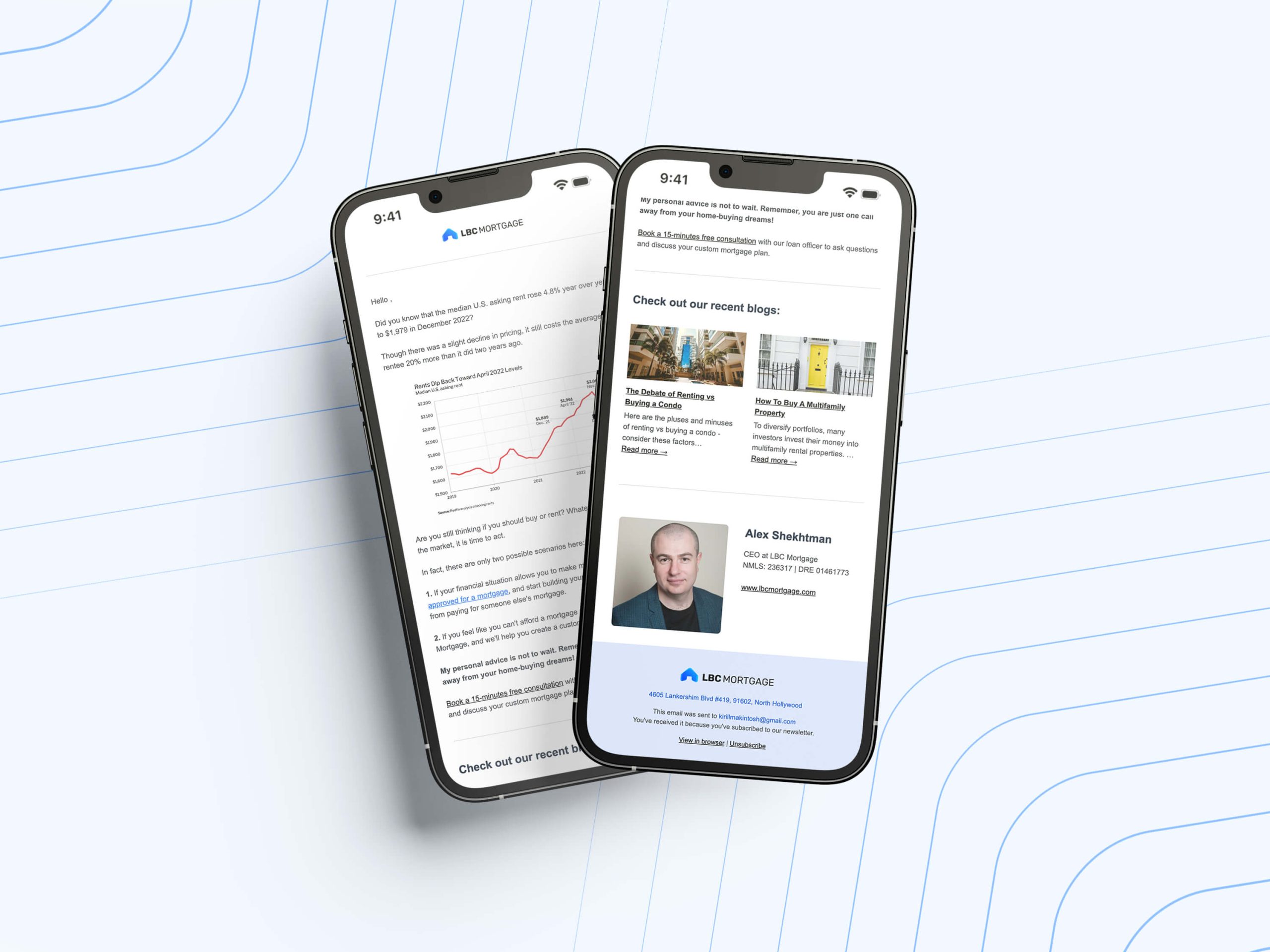If your VA loan was declined, it’s likely that your loan officer made a mistake or that the lender does not undertake manual underwriting on VA loans.
VA underwriting rules are generally established to allow a professional loan officer and underwriter the chance to develop a case for giving credit to qualifying Veterans.
In certain situations, you will not receive an automatic underwriting approval, but this does not indicate you are ineligible for a VA loan.
Underwriting: Automated vs. Manual
Automated underwriting is an internet gateway that a lender uses to submit the loan application, income, assets, deposits, and any other important qualifying criteria, and it spits out a preapproval or rejects the application with an explanation of why.
Manual Underwriting is available if you are unable to get automatic underwriting approval.
A manual underwriting implies that the automatic approach is skipped, and an underwriter will personally analyze all of your papers to decide your eligibility for a VA loan.
And this is frequent with FHA mortgages, although it is not accessible with conventional loans.
My VA Loan Was Rejected, What to do?
The automated underwriting system can reject a loan for a variety of reasons. It’s possible that something was typed incorrectly. It’s possible that literally anything could be recorded incorrectly on your credit report.
It is indeed possible that there was a credit problem in the past, requiring your loan to be automatically demoted to a manual underwrite.
In any scenario, VA loans provide a great deal of freedom and possibilities. Just because you can’t receive an automated underwriting approval doesn’t imply you can’t get a VA-insured loan.
Manual Underwriting Could Be the Solution
Manual underwriting, on the other hand, is a different matter. Manual underwriting entails a VA home loan underwriter physically calculating debt-to-income ratios, qualifying disposable income criteria, and historical rental payment histories, to mention a few things.
With manual underwriting, there are no exceptions. Debt-to-income ratios severely limit all of your monthly spending, including estimated housing costs, to 41% of your total monthly income.
When you consider that FHA DTI allows up to 56 percent and conventional DTI allows 50 percent, this is a rather tight qualification for a house loan.
Manual underwriting does not guarantee that you will qualify. This method is significantly stricter than automated underwriting and can be beneficial in some instances.
Don’t Accept “No” For An Answer
Manual underwriting is not a panacea. In the vast majority of situations, inexperienced loan officers or tight overlays are the cause of a VA loan denial.
If your lender is not allowed to perform manual underwriting on VA home loans, you may be told you are not qualified with no explanation or choices.
If this happens, speak with your lender about the possibility of manual underwriting. It’s a lot more work for the lender and underwriter, and it may necessitate a lot more paperwork from you, the borrower – but just don’t take NO for an answer…yet.
There are a variety of help desk lenders who prey on Veterans. The chance of an inexperienced loan officer making a mistake that costs you sleep, time, and money is simply too big. Experience is important.
Our greatest worry is that as things become more difficult, some lenders may be hesitant to put in a bit more time and effort to battle for you. We are not one of those lenders.
